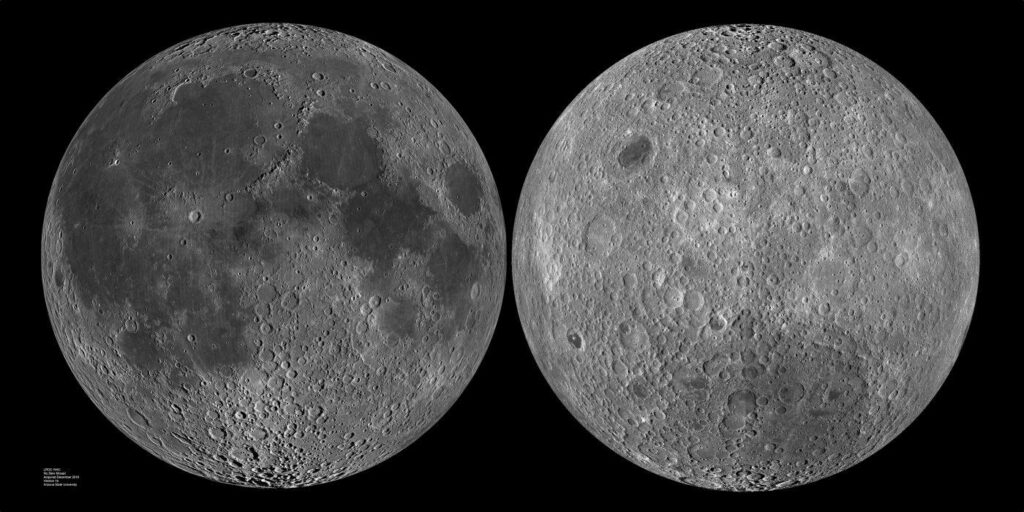The Chinese Chang’e-6 spacecraft made a successful landing on the far side of the moon. In the near future, It will begin collecting samples of lunar soil.
Successful landing
Chang’e-6 was launched on May 3 and entered lunar orbit five days later. On May 30, the descent module separated from the spacecraft. On the night of June 1-2, it made a successful landing, becoming only the second spacecraft in history to land on the far side of the moon. Communication between Chang’e-6 and the Earth is maintained using a special device, the Quèqiáo-2 repeater, launched in March 2024.
In the next two days, Chang ‘e-6 will collect samples of lunar soil, and instruments located on board the lander will carry out a series of measurements. In addition, it is expected that it will release a small rover to the surface.
After Chang ‘e-6 finishes collecting samples, its take-off module will launch, automatically dock with the service module in lunar orbit and overload the samples into the return capsule. Then the service module will head to Earth and drop the capsule into the atmosphere. It is scheduled to land on June 25.
Mystery of the far side of the Moon
The landing site of Chang’e-6 was carefully chosen by Chinese scientists. It landed on the territory of the Apollo crater, which in turn is part of the South Pole-Aitken (SPA) Basin, the largest confirmed impact structure on the Moon. Its dimensions are 2,400×2,050 km, and its depth reaches 8 km.

Scientists hope that the samples collected by Chang’e-6 will shed light on the causes of the so-called asymmetry of the lunar hemispheres. The fact is that the Earth-facing and the reverse side of the Moon are very different from each other. If the visible side of the moon is covered with a large number of seas, then there are practically none on the reverse side — but it is much more cratered. In addition, the thickness of the crust on the far side of the Moon is on average 10 km greater than on the visible side. Most scientists associate this asymmetry with volcanic activity. It may have been triggered by the impact that formed the South Pole-Aitken (SPA) Basin.
In addition, if you are lucky, the samples collected by Chang’e-6 may contain fragments of the lunar mantle, dislodged during the formation of the South Pole-Aitken Basin. Their study can provide valuable information about the inner structure of the Moon.
According to Spacenews


